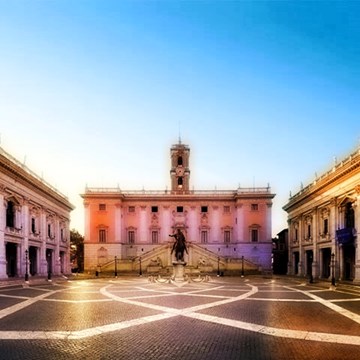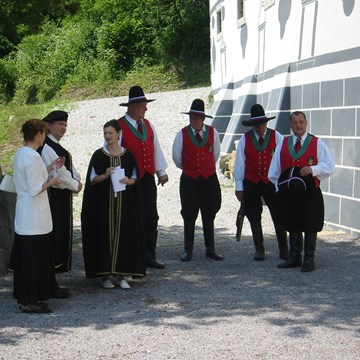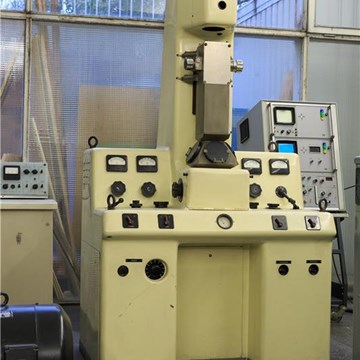The Roglić Collection
If there is something in the origins of the Roglić Collection that avoids all the stereotypes, then it is not in the pretty picture or statuette that a husband bestows on his young bride - for in fact, from such an innocent occasion, a true collector’s passion can quite often be aroused - but the circumstance that the first adviser of the youthful and inexperienced couple was the same person who inducted them into the mysteries of painting, an academy trained painter, a relative of Roglić’s mother, Antun Gojak (1907-1986). His name is somewhat forgotten today, outside Makarska, which has acknowledged its debt to him with the Antun Gojak Gallery. When the House of Art in Zagreb was grandly opened with the exhibition Half a Century of Croatian Art, the vernissage of which on December 18, 1938, was attended not only by its architect, Ivan Meštrović, and many other artists, but also by the archbishop and future cardinal Dr Alojzije Stepinac, the head of the Croatian Peasant Party and leader of the opposition in Croatia Dr Vlado Maček, by Dr Ivan Šubašić, future governor of Banovina Hrvatska, Dr Ivo Tartaglia, former governor of Primorska banovina, by then already close to Maček and the opposition, and many other notables, young Gojak, at that time a teacher of drawing in the real high school in Mostar, was represented at this historic exhibition of Croatian artists with the painting Fruit. In the sixties and seventies, this rather frail painter was Roglić’s guide to art and was to an extent of a nature compatible to that of Branko. Everything lay in a dependable instinct, in well directed passions, in a precise expression. The enduring influence of this apprenticeship was shown in autumn 2016 when Branko Roglić bought for his collection an excellent painting by Ignjat Job (1895-1936). It could be seen, even at a great distance, that the work excited and gladdened him - much more than some other, equally good, but more rational acquisition, with less vital juice, but more cool judgement and masterly skill. Also interesting was how little of the doctrinaire there was in Roglić: if the pole of Job was that of the wildness of nature and the intoxicating wine that spurred him and nourished him, a second particularly loved maser was Antun Motika (1902-1992), a painter so refined and gentle that he was practically a member of the underground in the world of the rough and the realistic that surrounded him. Nor should one entirely neglect the fact that the Roglić Collection has, as well as its unquestionably Croatian substance, many features of his home landscape; clearly testifying to its Mediterraneanism, that of Dalmatia, both coastal and inland, as well as of urban Dubrovnik, are works of Vlaho Bukovac, Mato Celestin Medović, Emanuel Vidović, Ivan Meštrović, Frano Kršinić, Ignjat Job, Frano Šimunović, Ante Kaštelančić, Ivo Dulčić, Antun Masle, Đuro Pulitka, Kuzma Kovačić and others. It also has to be remarked that, in collaboration with the sculptor Kuzma Kovačić, Branko Roglić made a precious contribution to Croatian self-respect, to gratitude to those who fought and died for Croatian freedom, a contribution to our cultural, political and sporting identity, as well as to the Christian and humanist tradition with a great number of important works, particularly in the years between 1990 and 1998. What began as an inadvertent gathering little by little transformed itself into a serious collection, so that today it can be presented to the public, in very nice proportion, as one of the most important Croatian private collections, created, by and large, during the five-and-twenty years of Croatian independence.
Igor Zidić
Exhibitions and events
We don't have anything to show you here.
Activities from this museum
We don't have anything to show you here.















